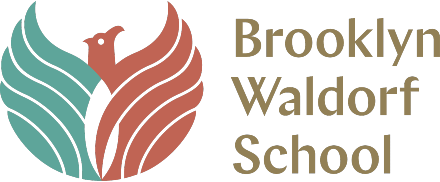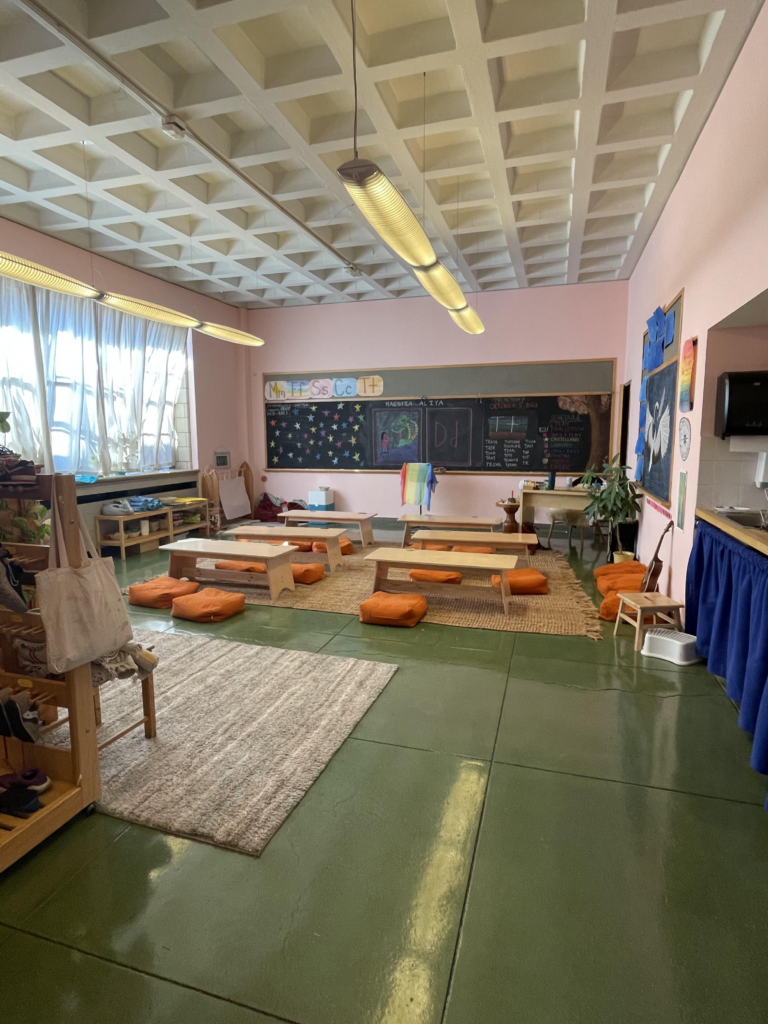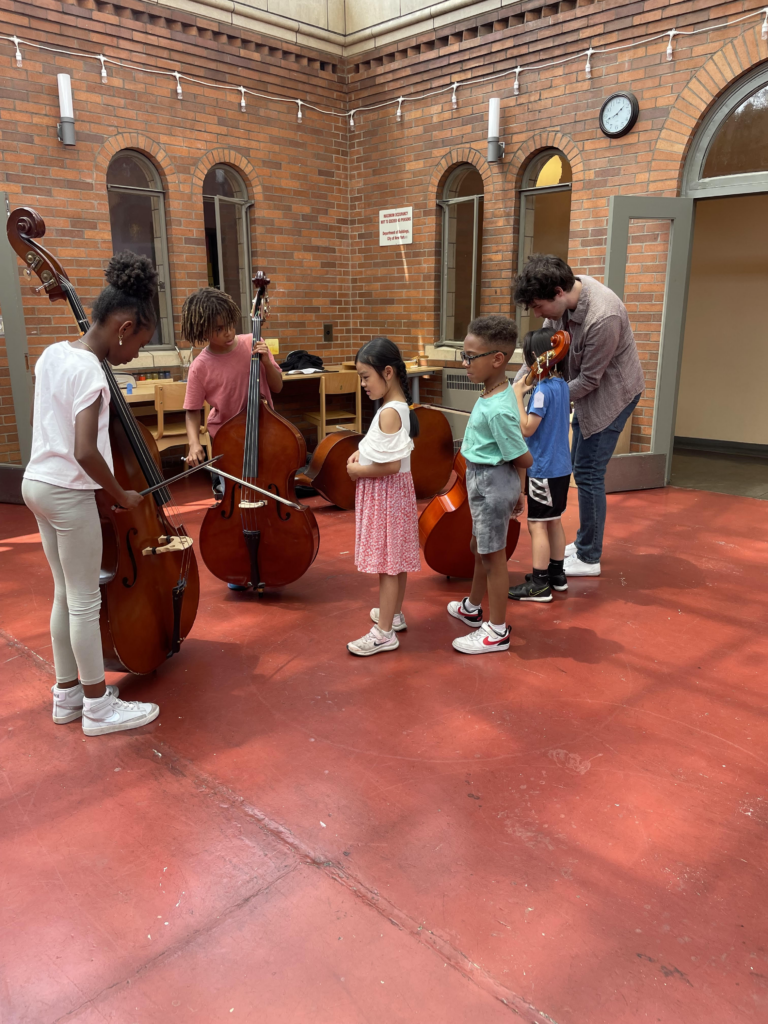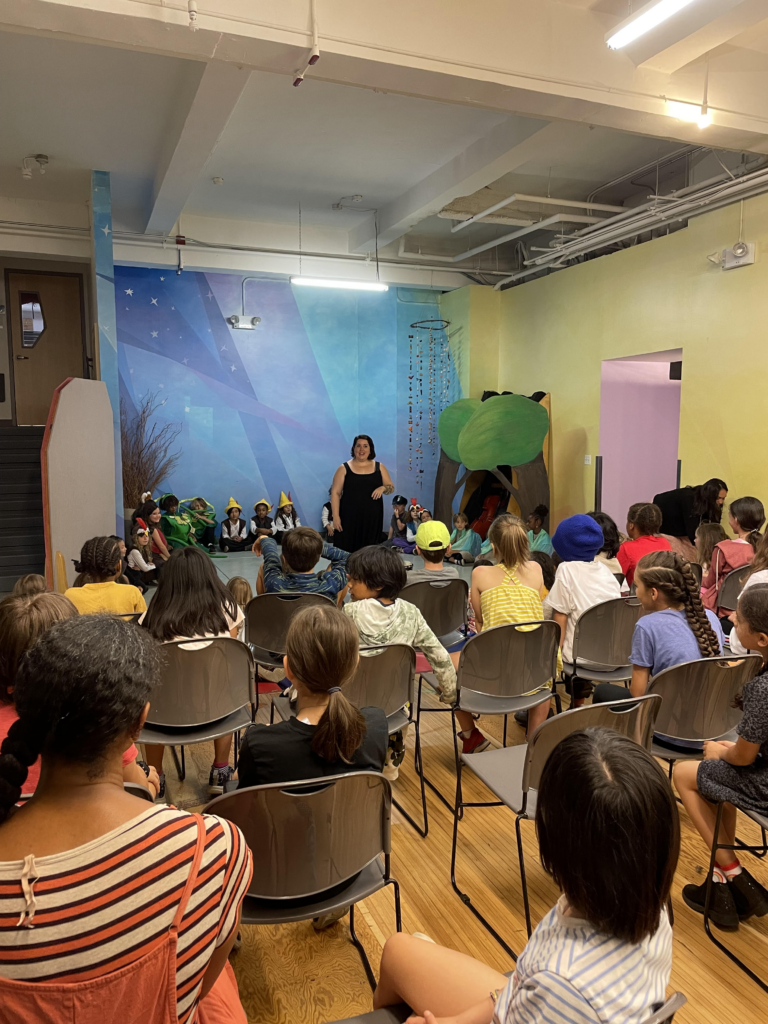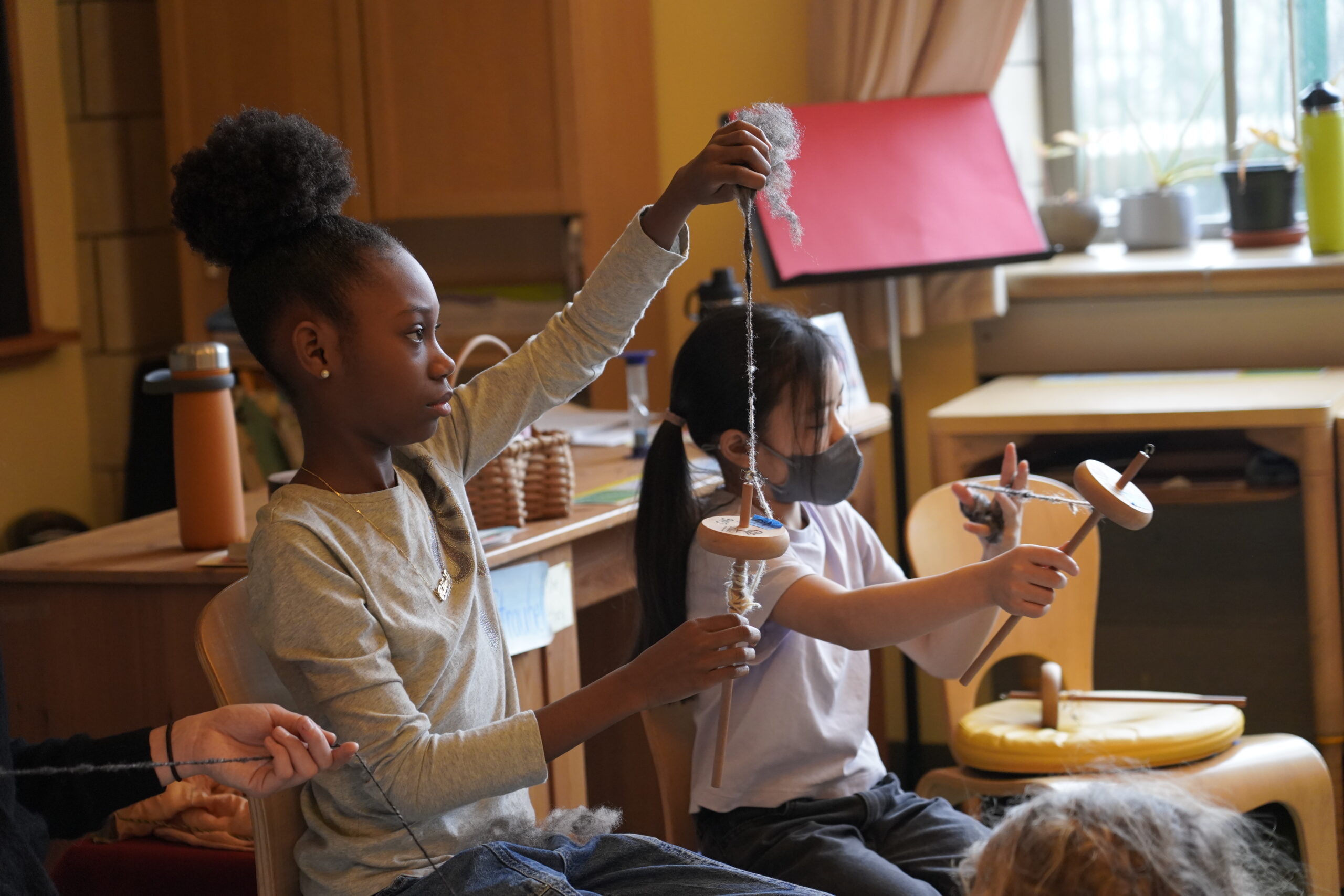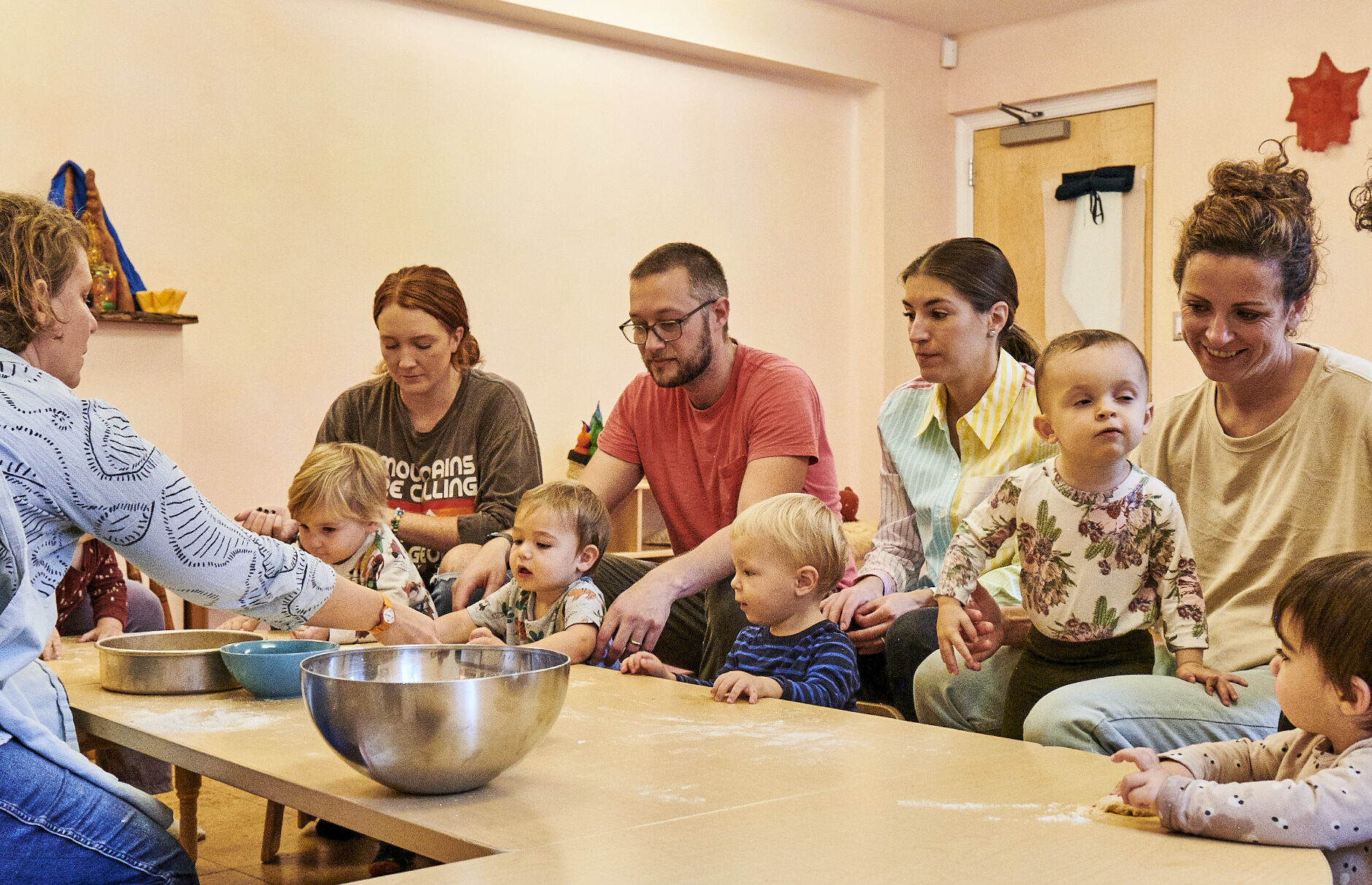Introduction
Dr. Ogden, our Faculty Administrator, spent an evening with the community discussing Waldorf Education – its roots, anthroposophy, and teachings regarding child development.
Dr. Linda Ogden-Wolgemuth is a veteran Waldorf teacher. She has a doctorate degree in Germanic languages and literatures. One day while pregnant, she happened to meet a Waldorf teacher and was inexplicably drawn to the education. From there, Dr. Ogden enrolled her child in a Waldorf school and got deeply involved in the community. After attending teacher training at Sunbridge Institute, Linda taught her own class from first through eighth grade and continued to teach various grades for a few more years. She then returned to Sunbridge as their Director of Education and, after being involved in the BWS community for many years in many ways, joined our Administrative Team as Faculty Administrator this Fall 2023.
To begin the discussion, Dr. Ogden asked the audience:
“When you think of Waldorf education, what words come to mind?”
Answers included:
- Wood
- Beeswax
- Nature
- Art
- Social Renewal
- Rhythm
- Warmth
- Community
- Beauty
Waldorf education encompasses each of these things and they are all important. But what truly makes us a Waldorf school is the belief in child development and teaching appropriately to a certain age. We endeavor to use the curriculum created by Rudolf Steiner (the founder of Waldorf education) as a foundation, building upon it with an awareness of the time and place we’re in.
Waldorf schools exist on every continent but one (Antarctica!). A reverence for nature, appreciation of warmth, and daily rhythms are present in each school. But the representations of Waldorf education differ around the world based on each unique community’s representation of this pedagogy.
Rudolf Steiner Biography
Rudolf Steiner was born in 1861 in the Austro-Hungarian empire (what is now Croatia). He was a good student and interested in nature. Although he went to technical university in Vienna as a math and science student, Rudolf was a very curious individual and pursued studies in art, literature, philosophy, and history.
In 1883 he left university to edit the scientific works of Johann Wolfgang von Geothe. During that time, he learned how to build an epistemology, which is a way to know the world. He went back to school and received a doctorate in Philosophy.
After moving to Berlin, Rudolf Steiner broke away from the Theosophical Society and formed the Anthroposophical Society.
What is Anthroposophy?
Translated, it means ‘wisdom of the human being’. Steiner believed that human beings have the wisdom to transform themselves and the world through their own spiritual development. Here it’s important to note that we don’t teach anthroposophy to the students, but it does inform how teachers at Brooklyn Waldorf instruct and interact with students.
Steiner founded the Anthroposophical Society in 1912. As time progressed and anthroposophy grew, different areas of knowledge began to form, including:
- Eurythmy
- Waldorf education (1919)
- Anthroposophical medicine
- Biodynamic agriculture
- Camphill Movement (Communities for those with differing abilities)
- Sunbridge Institute (Waldorf teacher training)
- Center of Biography and Social Art
Beginnings of Waldorf Education
Rudolf Steiner said: “The heart of the Waldorf method is the conviction that education is an art – it must speak to the child’s experience. To educate the whole child, the heart and will must be reached as well as the mind.”
Rudolf founded the first Waldorf school in 1919 and chose teachers from different walks of life, many of them artists who were critically thinking about education.
Since its inception, Waldorf education endeavors to give students the ability to discover for themselves who they are supposed to be by showing them all types of different subject areas to help them find their passion(s). Waldorf students should leave school and enter the world with purpose and direction because of the artistic, holistic, and developmentally appropriate teaching they have received.
While tutoring a student with developmental and learning challenges (caused by hydrocephalus), Steiner learned a great deal about human development.
“This pedagogical task became a rich source of learning for me. The educational methods I had to adopt gave me insight into how the soul and spirit are connected with the body. … Teaching must become an art based upon true knowledge of a human being.”
He felt there was an urgent need for humans to view themselves as beings of body, soul and spirit.
Steiner’s Picture of Threefold Human Being
There are a few different ways to think of Steiner’s Threefold Human Being. One way is by picturing the human being capable of thinking, feeling, and will/behavior. Another way to say this is head, heart, and hands. And lastly, one can envision the human spirit as the inner being, the physical body as the outer being, and the soul as the mediator between the inner and outer. Teachers take all three aspects of human beings into account when working with students, no matter what their age.
Child Development (Birth through 21)
Steiner’s development arc has three parts – a beginning, a middle and an end. The beginning ecompasses birth through 7 years old, middle is 7 through 14, and the end is 14 through 21. He believed that every seven years another part of ourselves is developing, marking the end and beginning of a new phase of life. This continues on through our entire lifetime.
Listed below are a few distinct qualities from each period:
Birth to 7 – (physical body: doing/willing) – During this phase, children start to recognize themselves as an individual, imitating, learning through play, experiencing the world through your senses, self-initiated play. In this period, teachers show students that the world is good.
7-14 – (etheric body/life body: feeling) – we gain the capability to use our imagination, planning to play, teacher provides stories about the world, memory skills develop (part of morning main lesson is review of the previous day’s story). In this period, teachers show students that the world is beautiful.
14-21 – astral body (spirit body: thinking) – teacher fulfills an advisory role, birth of judgment/discernment happens. In this period, teachers show students that there is truth in the world.
In Summary
These days, Waldorf education is not just a European phenomenon; people from all over the world study anthroposophy and apply its educational insights. Our task at the Brooklyn Waldorf School is to investigate what a Waldorf curriculum should look like now in our community and in the twenty-first century, and to teach in a way that reaches people from all different walks of life. This philosophical approach is about seeing ourselves and others as threefold human beings and encouraging everyone to explore their passions. If you’re interested in learning more about any of the topics discussed above, you can explore a huge collection of Dr. Steiner’s lectures in the Rudolf Steiner Archive here.

